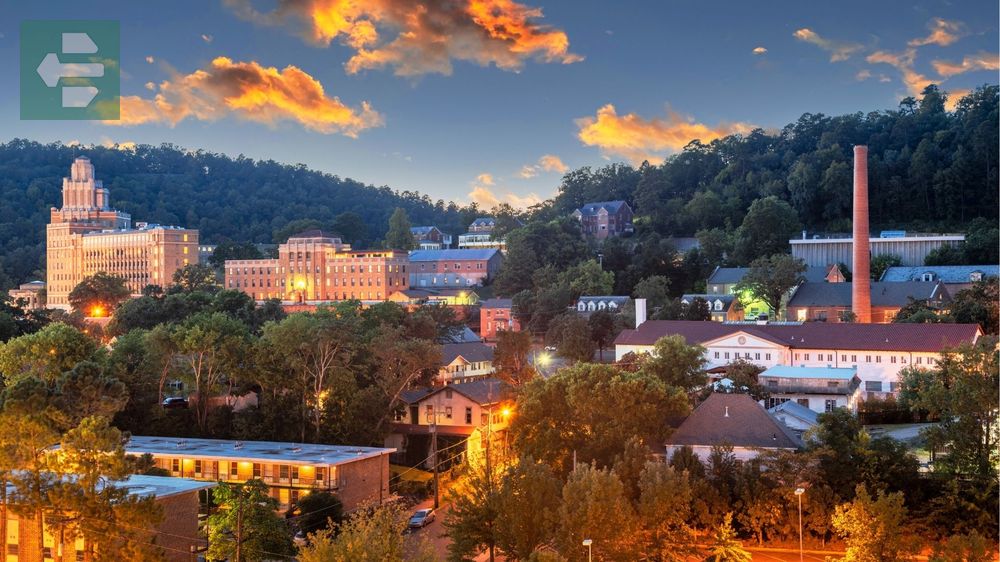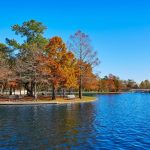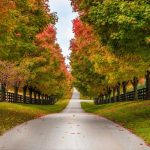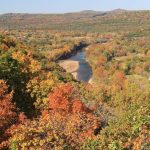Arkansas offers stunning natural beauty, from therapeutic hot springs to diamond-filled crater fields. The state's top destinations include Hot Springs National Park, Eureka Springs, Crystal Bridges Museum, and Buffalo National River, each providing unique experiences that showcase the Natural State's diverse landscape.
Keep reading as we explore the best places to visit in Arkansas that will transform your understanding of this remarkable state.
List of Contents
- 1. Hot Springs National Park: America's Oldest Health Resort
- 2. Eureka Springs: Victorian Charm in the Ozarks
- 3. Crystal Bridges Museum of American Art: World-Class Art in Nature
- 4. Buffalo National River: America's First National River
- 5. Crater of Diamonds State Park: The Only Diamond Mine Open to Public
- 6. Petit Jean State Park: Arkansas's First State Park
- 7. Little Rock: Capital City Character
- 8. Garvan Woodland Gardens: Living Art in Four Seasons
- 9. Thorncrown Chapel: Glass Cathedral in the Woods
- 10. Mount Magazine State Park: Arkansas's Highest Point
- Your Arkansas Adventure Awaits
1. Hot Springs National Park: America's Oldest Health Resort
Hot Springs National Park protects 47 thermal springs that have drawn visitors for centuries. The water emerges at 143°F, filtered through rock formations over thousands of years.
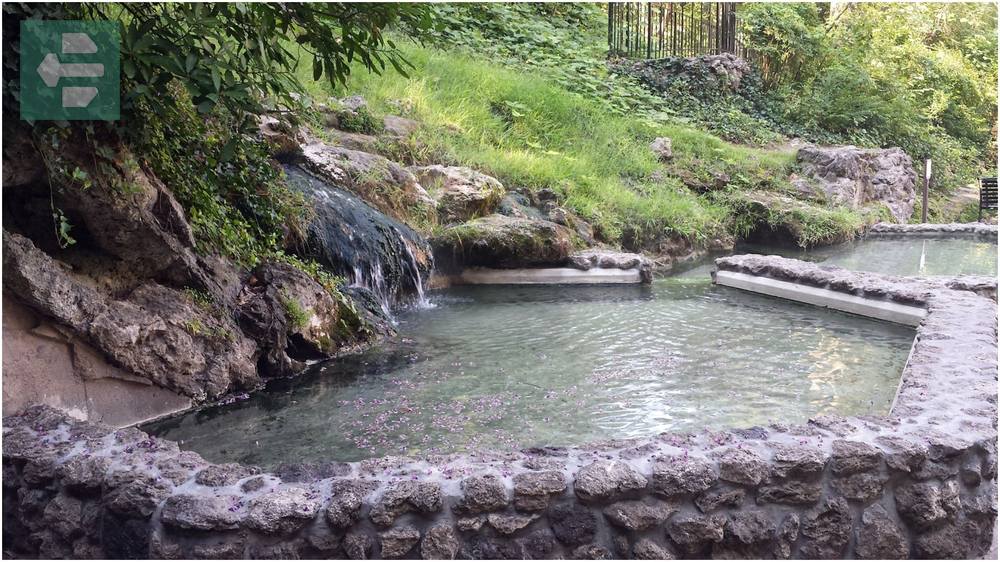
Bathhouse Row stands as a monument to America's spa culture. Eight historic bathhouses line Central Avenue, though only two remain operational. The Fordyce Bathhouse now serves as the park's visitor center, its ornate architecture telling stories of when presidents and gangsters sought healing in these waters.
The park sits within the city of Hot Springs, making it unique among national parks. You can soak in thermal waters in the morning and explore downtown galleries by afternoon.
Quick Facts:
- Peak Season: April-October
- How to Get There: 55 miles southwest of Little Rock via US-70
- Entrance Fee: Free (bathhouse fees vary)
- Suggested Stay: 2-3 days
- Key Areas: Bathhouse Row, Hot Springs Mountain Tower, Gulpha Gorge Campground
2. Eureka Springs: Victorian Charm in the Ozarks
Eureka Springs clings to mountainsides with Victorian houses that seem to defy gravity. The entire downtown is listed on the National Register of Historic Places, with no two buildings sitting at the same elevation.

Streets wind impossibly through the hills. Main Street never intersects itself, though locals joke it tries several times. The Christ of the Ozarks statue watches over the city from a 67-foot perch, visible from most vantage points.
I remember walking Spring Street at dawn, when mist rises from the valley and the town appears suspended between earth and sky. That's when you understand why artists have called this place home for generations.
Quick Facts:
- Peak Season: May-October
- How to Get There: US-62 through the Arkansas Ozarks
- Entrance Fee: Free (individual attractions vary)
- Suggested Stay: 2-3 days
- Key Areas: Historic Downtown, Thorncrown Chapel, Quigley's Castle, Blue Spring Heritage Center
3. Crystal Bridges Museum of American Art: World-Class Art in Nature
Crystal Bridges houses one of America's finest art collections, designed by Moshe Safdie to blend seamlessly with the Ozark forest. The building curves around existing trees, creating galleries that feel like natural clearings.

The collection spans 500 years of American art, from colonial portraits to contemporary installations. Admission remains free, reflecting Alice Walton's vision of accessible art education.
Walking trails connect the museum to 120 acres of sculptures and native woodland. The museum becomes part of the larger landscape, not separate from it.
Quick Facts:
- Peak Season: Year-round (less crowded weekdays)
- How to Get There: Bentonville, Northwest Arkansas
- Entrance Fee: Free
- Suggested Stay: Full day
- Key Areas: Permanent collection galleries, sculpture trails, temporary exhibitions, Museum Store
4. Buffalo National River: America's First National River
The Buffalo National River flows 150 miles through the Arkansas Ozarks, designated as America's first National River in 1972. Its waters run clear over gravel beds, reflecting towering bluffs and ancient rock formations.
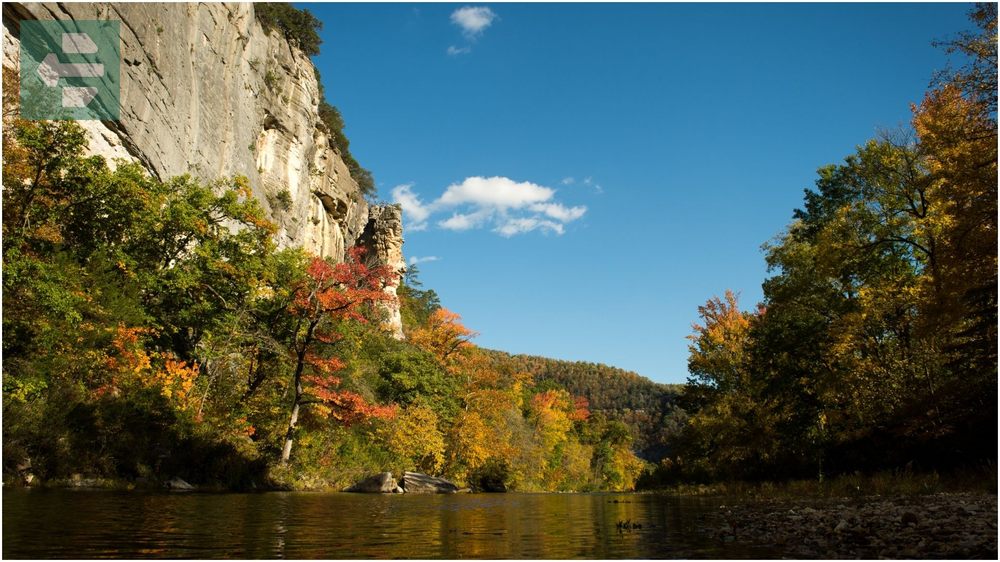
Canoeing here feels like traveling through geological time. Limestone cliffs rise 400 feet above the water, carved by millennia of patient erosion. Elk, reintroduced in the 1980s, now graze in riverside meadows.
The river maintains its wild character because no dams interrupt its flow. Swimming holes appear around every bend, their depths unknown until you slip into water so clear you can count stones on the bottom.
Quick Facts:
- Peak Season: April-October
- How to Get There: Multiple access points via Highway 7 and 65
- Entrance Fee: Free
- Suggested Stay: 2-4 days for canoeing
- Key Areas: Steel Creek, Ponca, Rush Ghost Town, Buffalo Point
5. Crater of Diamonds State Park: The Only Diamond Mine Open to Public
Crater of Diamonds sits atop a volcanic pipe that brought diamonds to the surface 100 million years ago. The 37-acre plowed field yields diamonds regularly, with visitors keeping whatever they find.
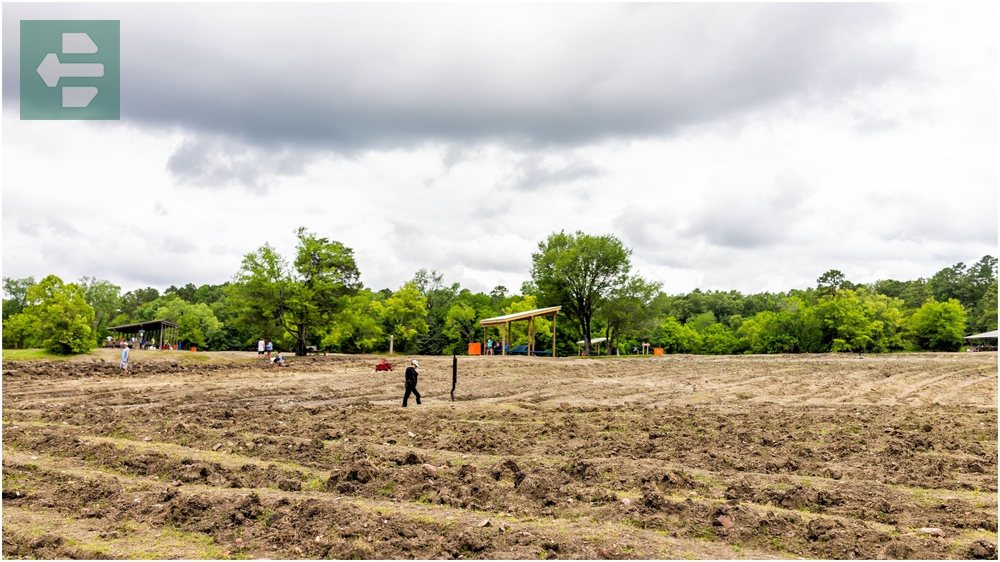
More than 75,000 diamonds have been discovered here since the crater became a tourist attraction. The largest, the Uncle Sam Diamond, weighed 40.23 carats when unearthed in 1924.
Local tip: arrive after rain when diamonds catch sunlight more easily. Bring knee pads and basic tools, though many successful hunters use nothing but their eyes and patience.
Quick Facts:
- Peak Season: Spring and fall (more comfortable weather)
- How to Get There: Murfreesboro, via Highway 301
- Entrance Fee: From $10
- Suggested Stay: 1-2 days
- Key Areas: Diamond Search Area, Water Processing Equipment, Visitor Center, Prairie Creek Trail
6. Petit Jean State Park: Arkansas's First State Park
Petit Jean State Park crowns a mountain plateau in the Arkansas River Valley, established in 1923 as the state's first park. Cedar Falls drops 95 feet into a natural amphitheater, accessible via a moderate hiking trail through hardwood forests.
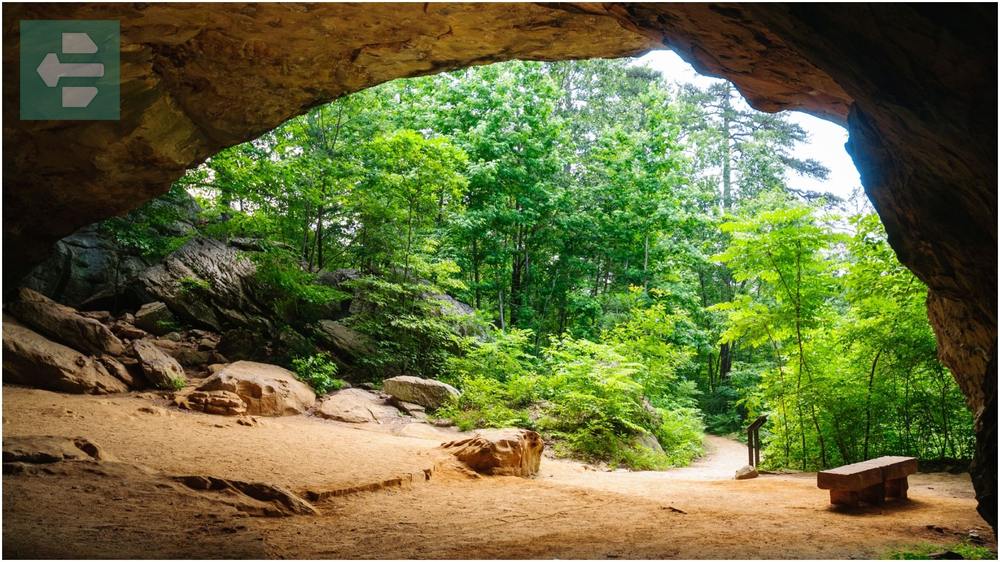
The park's name honors a legendary French woman who disguised herself as a man to follow her lover to the New World. She died here and supposedly rests beneath a rock formation called Petit Jean's Grave.
Rock formations create natural sculptures throughout the park. The Natural Bridge spans 130 feet and stands as Arkansas's largest natural bridge, formed when softer sandstone eroded beneath harder caprock.
Quick Facts:
- Peak Season: April-October
- How to Get There: Highway 154, near Morrilton
- Entrance Fee: Free (cabin and camping fees vary)
- Suggested Stay: 2-3 days
- Key Areas: Cedar Falls, Natural Bridge, Petit Jean's Grave, Lake Bailey, Mather Lodge
7. Little Rock: Capital City Character
Little Rock bridges Arkansas's geographic and cultural divide between highlands and lowlands. The Arkansas River flows past downtown, with the William J. Clinton Presidential Library rising like a glass bridge over the water.

The Central High School National Historic Site preserves the building where nine African American students integrated public education in 1957. The visitor center tells their story through exhibits and a restored 1950s-era high school classroom.
River Market District transforms weekend evenings into outdoor concerts and farmers markets. The area pulses with energy that feels both sophisticated and authentically Southern.
Quick Facts:
- Peak Season: Spring and fall
- How to Get There: Interstate 40 and 30 intersection
- Entrance Fee: Free (individual attractions vary)
- Suggested Stay: 2-3 days
- Key Areas: Clinton Presidential Library, Central High School, River Market District, Heifer Village
8. Garvan Woodland Gardens: Living Art in Four Seasons
Garvan Woodland Gardens transforms 210 acres on Lake Hamilton into living art that changes with each season. The gardens showcase native Arkansas plants alongside exotic specimens from around the world.

Spring brings 400,000 daffodils followed by azaleas in impossible shades of pink and white. Summer reveals hidden waterfalls and shaded pathways perfect for escape from heat. Fall explodes in colors that reflect perfectly in still ponds.
The Holiday Lights display illuminates winter nights with four million lights woven through trees and reflected in water features. Even locals who've seen it dozens of times still catch their breath when the lights first appear through the forest.
Quick Facts:
- Peak Season: Spring for flowers, December for lights
- How to Get There: Hot Springs, via Arkridge Road
- Entrance Fee: From $15
- Suggested Stay: Half day
- Key Areas: Chapel Trail, Lake Hamilton shoreline, Children's Adventure Garden, Anthony Chapel
9. Thorncrown Chapel: Glass Cathedral in the Woods
Thorncrown Chapel rises 48 feet into the Ozark forest, its glass walls disappearing into surrounding trees. Architect E. Fay Jones designed the structure to require no heavy machinery for construction, respecting the delicate woodland setting.

The chapel contains 425 windows and 6,000 square feet of glass, creating the sensation of worship within nature rather than apart from it. Light filters through oak and hickory leaves, casting moving shadows across wooden pews.
Standing inside feels like being held within a prayer itself. The forest becomes congregation, the light becomes sermon, and silence becomes the most eloquent response.
Quick Facts:
- Peak Season: Year-round (most beautiful in fall)
- How to Get There: Eureka Springs, via Highway 62 West
- Entrance Fee: Free
- Suggested Stay: 1-2 hours
- Key Areas: Main chapel, meditation garden, gift shop, walking trails
10. Mount Magazine State Park: Arkansas's Highest Point
Mount Magazine rises to 2,753 feet, making it Arkansas's highest point and offering views across multiple states on clear days. The mountain supports ecosystems found nowhere else in Arkansas, including rare plants that survived ice ages in protected coves.
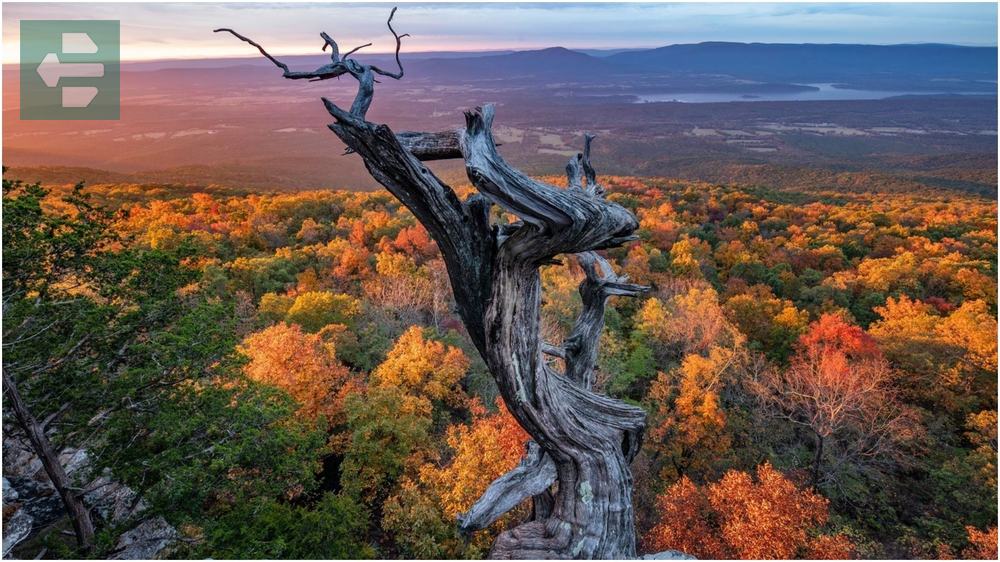
Hang gliding launches from Signal Hill provide bird's-eye perspectives of the Arkansas River Valley far below. The sport requires certification, but watching colorful wings catch thermals offers its own thrill.
Cameron Bluff Trail leads to overlooks where you can see 60 miles on clear days. The plateau's flat top creates an unexpected landscape of meadows and rocky outcrops that feels more like Colorado than Arkansas.
Quick Facts:
- Peak Season: Spring and fall (best visibility)
- How to Get There: Highway 309, near Paris
- Entrance Fee: Free
- Suggested Stay: 1-2 days
- Key Areas: Signal Hill, Cameron Bluff Overlook, Bear Hollow Trail, visitor center
Your Arkansas Adventure Awaits
These ten destinations showcase why Arkansas earned its nickname as the Natural State. From therapeutic springs to diamond fields, each location offers experiences you won't find anywhere else.
Pack comfortable shoes and leave expectations behind. Arkansas rewards the curious traveler with moments that linger long after the journey ends.
The best places to visit in Arkansas are calling. Answer them.
